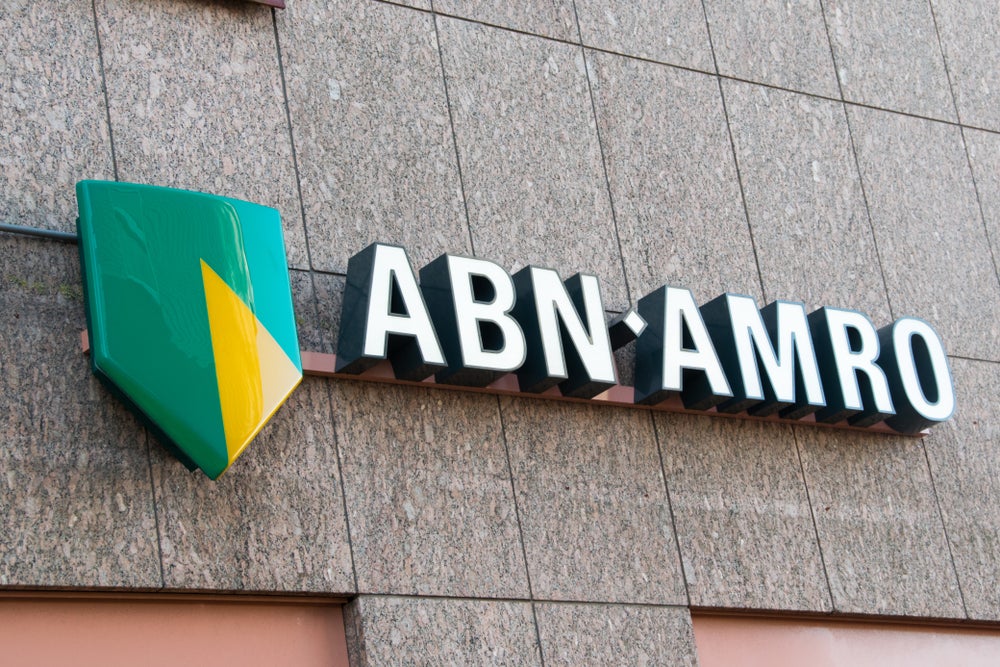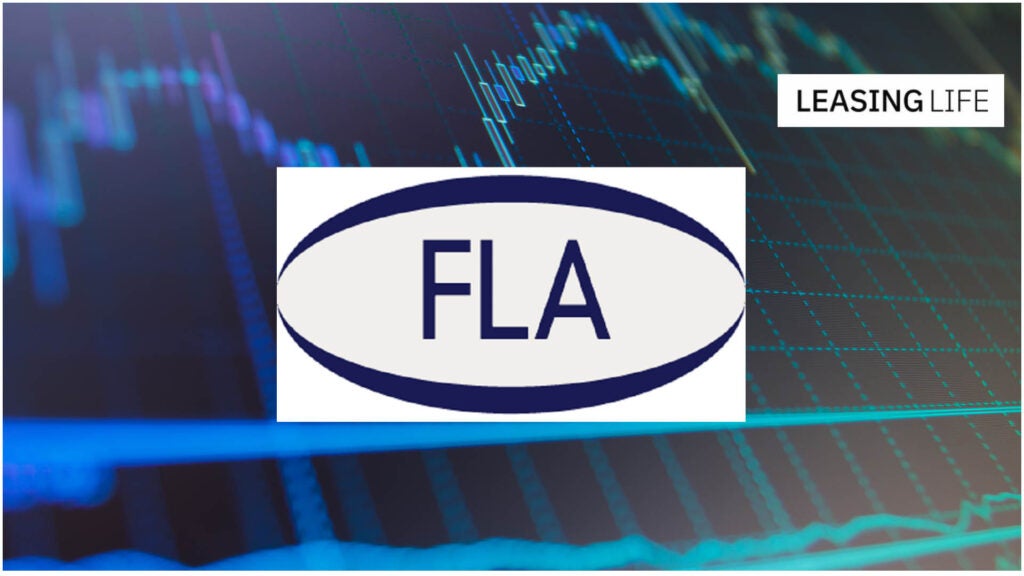Keith Wilson summarises a recent Supreme Court case deciding if an Event of Default had occurred.
The English Supreme Court recently delivered a conclusive judgment which is potentially relevant to a wide array of asset financings and securitisations.
The vast majority of such transactions feature documentation that incorporates insolvency events of default (among others) in respect of the debtor company, usually including a test relating to "balance sheet" insolvency. Eurosail was party to such a financing which included an Event of Default if it was deemed unable to pay its debts within the meaning of section 123(2) of the Insolvency Act 1986. In BNY Corporate Trustee Services Limited v Eurosail-UK 2007-3BL PLC the court considered whether the insolvency of certain hedge counterparties, with which Eurosail had hedged currency and interest rate movement risks, adversely affected Eurosail’s assets and liabilities to such an extent that it caused a s123(2) "balance sheet test" Event of Default in respect of Eurosail to occur or not.
The test under s123(2) is whether it is proved to the court’s satisfaction that the value of the affected company’s (in this case, Eurosail) assets is less than the amount of its liabilities, taking into account its contingent and prospective liabilities. The effect of the insolvency of the hedge counterparties was that it was possible that on a straight summing of assets and liabilities valued at the date on which the creditior claimed the Event of Default had occurred Eurosail might, indeed, have fewer assets than liabilities.
However, the financial obligations to which the alleged default related were not due and payable until 30 years later (unless accelerated early by virtue of a default). The court concluded that the test should not be applied as a single "point of no return" test, but had to take account of the possible market movements which could occur both in respect of the hedged liabilities and in relation to the value of the underlying assets which formed collateral in the period through to the due date. As the possible movements were "imponderable factors" at the time of the alleged default, the court held that it couldn’t be proved to the satisfaction of the courts that the value of the assets was less than the liabilities and that consequently no Event of Default had occurred.
The judgment is very helpful in reducing the risk that full recourse single purpose vehicle financing transactions might be inadvertently tripped into default because of market movements in the value of collateral assets – a risk that can, in any case, be dealt with by specific loan to value tests if that is the commercial agreement. It is, however, to some extent a fact-specific judgment and its significance may simply be the rejection of the single "point of no return" test.
How well do you really know your competitors?
Access the most comprehensive Company Profiles on the market, powered by GlobalData. Save hours of research. Gain competitive edge.

Thank you!
Your download email will arrive shortly
Not ready to buy yet? Download a free sample
We are confident about the unique quality of our Company Profiles. However, we want you to make the most beneficial decision for your business, so we offer a free sample that you can download by submitting the below form
By GlobalDataOliver Glynn-Jones, partner at BLP who led the Eurosail legal team summed the judgment up: "The Supreme Court has demonstrated the mix of factors and issues that must be weighed up when considering the concept of balance sheet insolvency".
Keith Wilson is a partner with Berwin Leighton Paisner’s asset finance team








